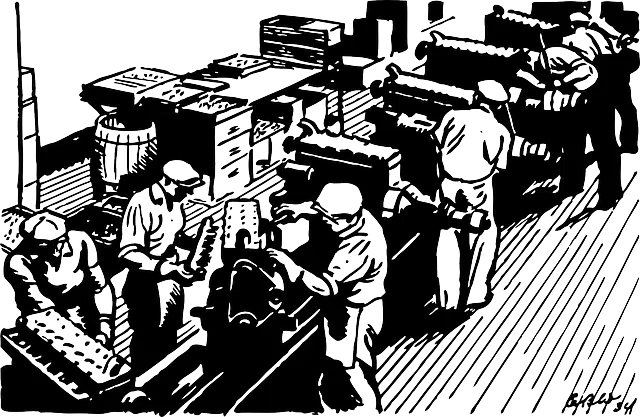
Scientific management is also known as Taylorism.
Administration is a term that comes from the Latin word administratio . Among its various meanings, we are interested in its meaning as the act and result of managing: organizing or ordering something; exercise power; direct an entity.
The adjective scientific (and its feminine version, scientific ), on the other hand, can refer to that which is related to the characteristics of the methodology of science . These traits, in turn, have above all to do with objectivity and precision.
The idea of scientific management refers to a method of organizing industrial work that is based on the division of tasks . Proposed by Frederick Winslow Taylor , it is also known as Taylorism .
Characteristics of scientific administration
Taylor expounded his thoughts in “The Principles of Scientific Administration,” a text he published in 1911 . There, he maintained that dividing the tasks of the production process made it possible to improve productivity and reduce the worker's interference in time management .
The American considered that the link between workers and production techniques in the field of industry should be analyzed according to the scientific method . In this way, labor, tools and machinery are made to work more efficiently.
In this framework, Taylor promoted that work be organized in a rational way. For this, he proposed that tasks be divided and that operations be timed . On the other hand, he indicated that prizes should be paid according to performance to motivate workers.

The assembly line that favors mass production is a key factor in scientific management.
The importance of the assembly line
For the implementation of Taylorism, the popularization of chain production , serial production or mass production was necessary. This process is supported by the assembly line , with which each worker remains at his or her position repeating a particular task while the pieces move throughout the factory on an assembly line.
The assembly line is associated with the Industrial Revolution and the incorporation of technology . With new machinery that made possible great changes in the production process, human work was also modified. The scientific administration analyzed these phenomena and their consequences in pursuit of production.
Pillars and objectives of scientific administration
It can be stated, in summary, that scientific administration consists of the separation of management and work ; the division of tasks ; and performance- based pay . Thanks to these issues, it is considered that downtime can be eliminated and productivity improved.
With this mission, the supervision work is reinforced. Each worker must be controlled in his specific task, since the appropriate time to complete it is determined in advance. This type of organization also prevents the worker from having to move throughout the plant: they only have to stay in their place and repeat the movements inherent to their task , specializing in it.
The reaction of the workers
It is important to mention that scientific administration led to a drop in workers' salaries . With the intention of speeding up production, businessmen reduced the payment per piece produced.
Likewise, with the timing of tasks, workers stopped having free time during the work day. This also led to them being forced to pick up the pace .
Faced with these realities, the implementation of Taylorism provoked multiple protests. In 1912 and 1913 , for example, a large number of strikes took place.
